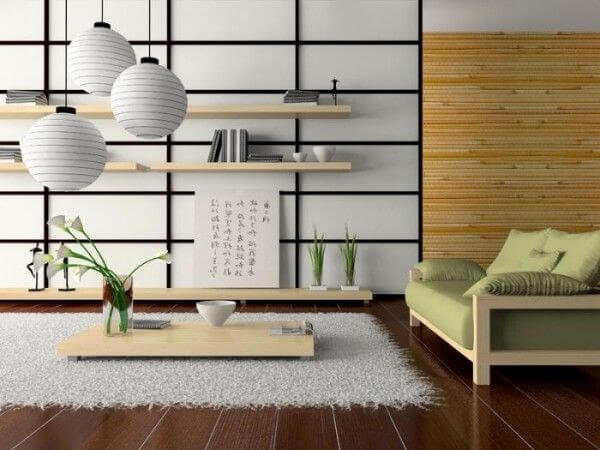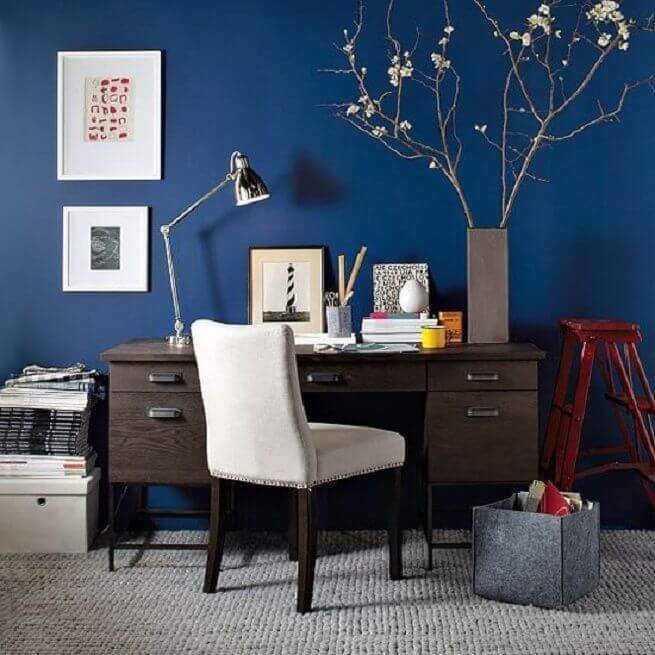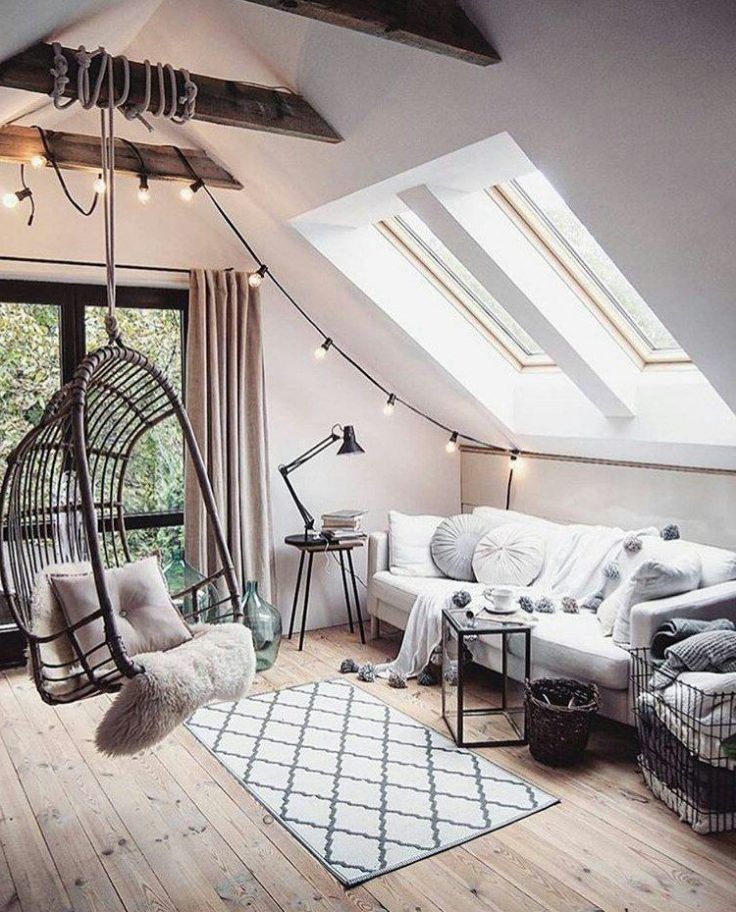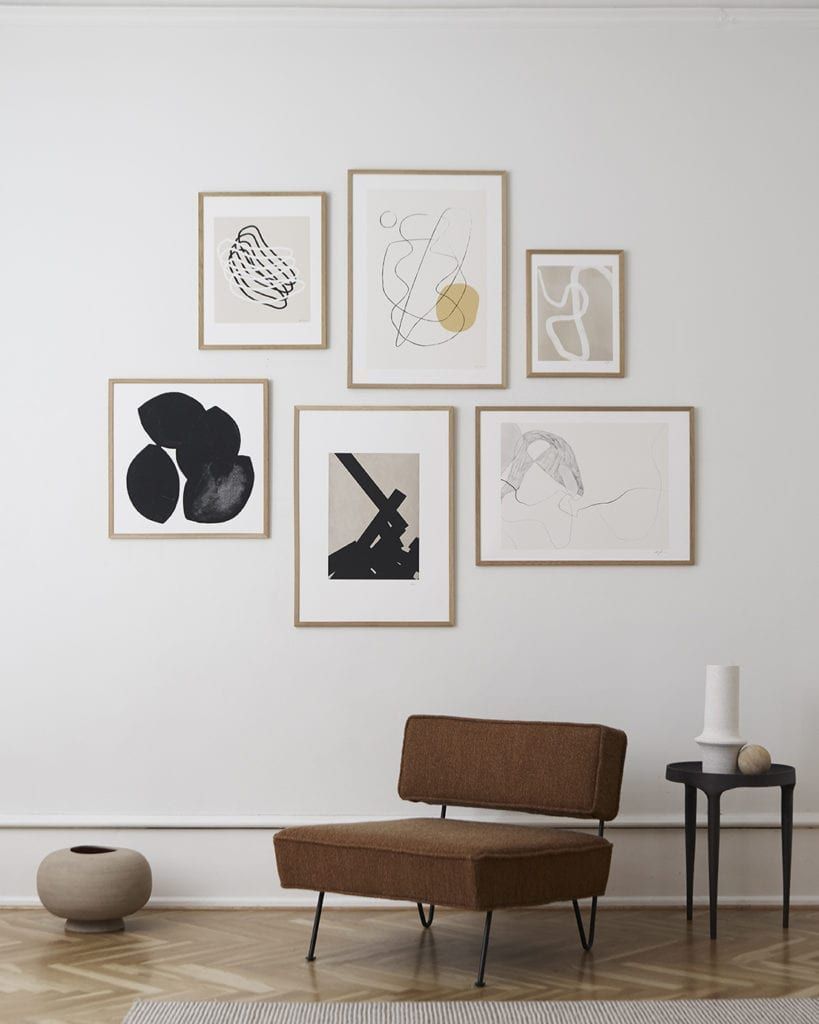Japandi, shibori, kintsugi … This may not ring a bell. Yet these Japanese decorating techniques inspire designers and new collections from our favorite boutiques. Focus on Japanese interior decoration which gives your interior a calm, serene and peaceful atmosphere. Do you like the calm and aesthetics of Japanese decoration? Here are 30 ways to adopt this Asian style at home.
1. For a zen room at home
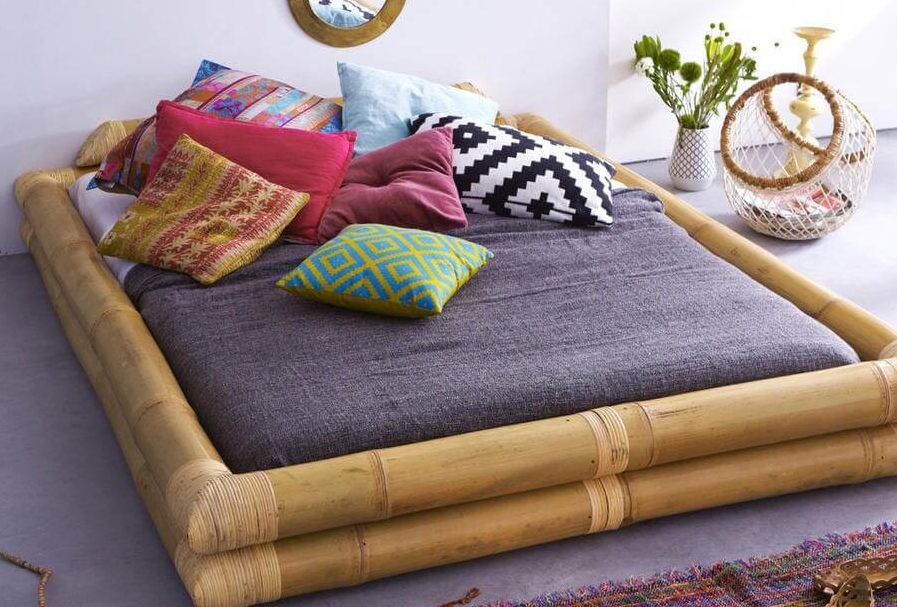
The futon bed is a must in Japanese decor to create a zen bedroom . Comfort and serene sleep will now be your travel companions. Zen atmosphere spotted at Tikamoon. The washi paper is handcrafted made from long fibers of paper mulberry. Thanks to its incredible resistance, lampshades, wrappers or invitations are made with this material with a soft and very soft touch. Washi paper is so unanimous that it has now been inscribed on the representative list of the intangible cultural heritage of humanity since 2014.
2. For your interior decoration
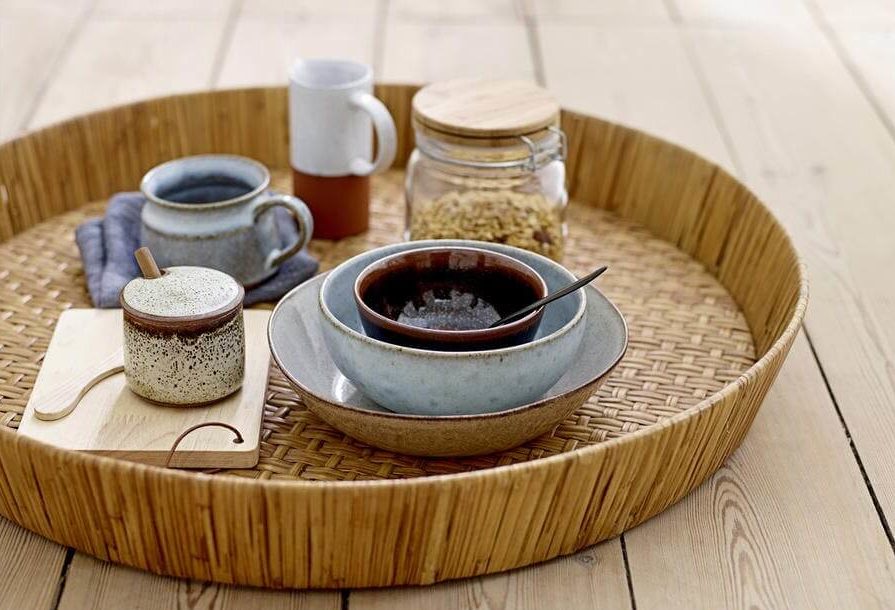
The bamboo is also a must in Japan. Sometimes a symbol of fullness or fertility, the use of this grass is intimately linked to Japanese calligraphy and painting but also to the tea ceremony since the whip or Chasen that we use is made of bamboo. Obviously bamboo is used as a decorative plant in gardens . And thatch, now a material widely used for cutting boards. Very hygienic, a bamboo board is also very resistant and does not warp unlike other woods.
The Chinese ceramics is best known by the general public, yet this art is one of oldest of the Japanese archipelago. Each prefecture has its own style, sometimes inspired or not by neighboring countries. The kintsugi technique is very popular and gives a striking and spectacular effect. In fact, it is about repairing broken porcelain and ceramics with a lacquer sprinkled with gold.
3. Nature to immerse yourself in Japanese decor
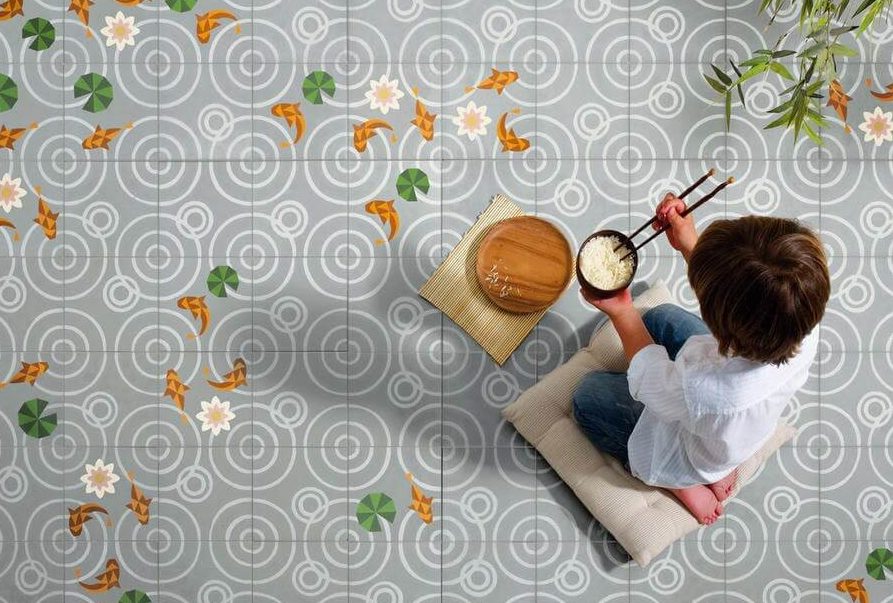
Cherry blossoms, butterflies, birds, fish, waves of the blue sea are the often stylized essentials of Japanese poetry. The Seigaiha or seikaiha motif which means ” wave of the blue sea ” is the trend of the moment. This thousand-year-old drawing, which is currently found everywhere, is printed on fabric or paper, delivered in its original version with a superposition of 4 semi-circles or revisited and / or stylized.
The bird and more precisely the crane is a sacred “object” in Japan. The simplified legend of the thousand cranes tells that if one manages to fold, in origami , in the year, 1000 cranes then connected to each other, his wishes for longevity or love will be granted. Garlands of cranes or lotus flowers are easier to make. Other motifs such as cherry blossoms reveal an important character in Japanese iconography . The flowering of sakuras (cherry tree in Japanese) in spring gives rise to a celebration ( hanami ) throughout the archipelago. Symbol of love and virility, strength and perseverance, the koi (freshwater carp) is also a very popular motif.
4. The sobriety of the Japanese style
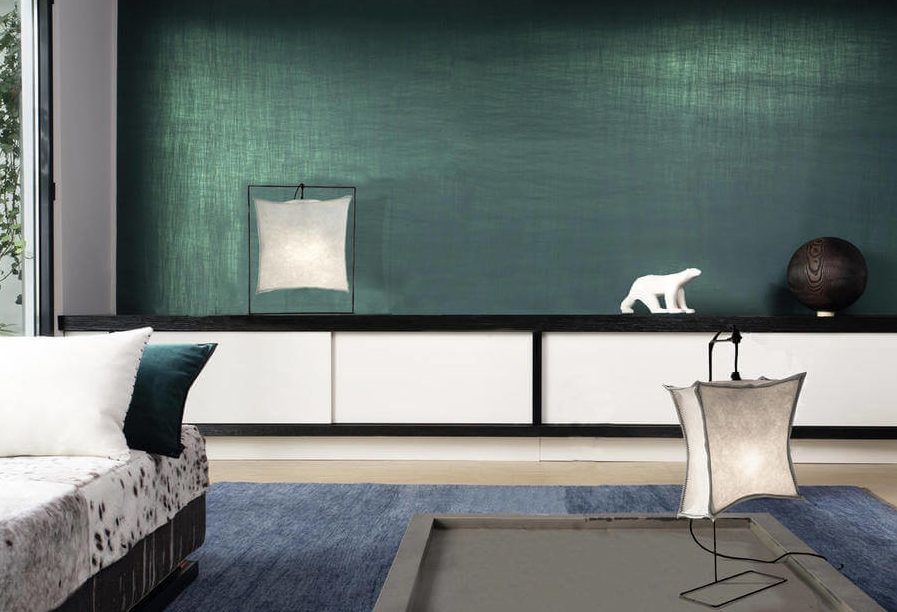
No Japanese decoration without creating an atmosphere that is characteristic of it. Here again, the purity of lines and minimalism reign supreme. Japanese decoration does not bother with frills and overbidding both in shapes and colors. If the Japanese decor gives itself some fantasy in the patterns, the furniture must be almost monastic sobriety. And practical!
The Japanese panels and partitions are very aesthetic options to separate a piece in two and it is simple to implement. There are multiple sliding or fixed partitions with more or less leaves. Originally, the leaves were covered with paper. These Japanese partitions can give way to perforated walls ( trellises ) whose openings will have simple shapes to stay in the Japanese spirit or similar screens.
The lamps, with very simple shapes, are covered with paper. To refine a Japanese decor , you have to green your rooms. The arrangement of plants and flowers is another area where the Japanese excel. Besides bonsai , there are also ikebana and kokedamas. Ikebana is an ancient art of flower arrangement. Long the leader in Japanese-style greening of interiors, we now have to reckon with the kokedama or moss sphere from which a plant flourishes. Another way to miniaturize things but without the complexity of bonsai.
5. Modern sofa and Japanese style furniture
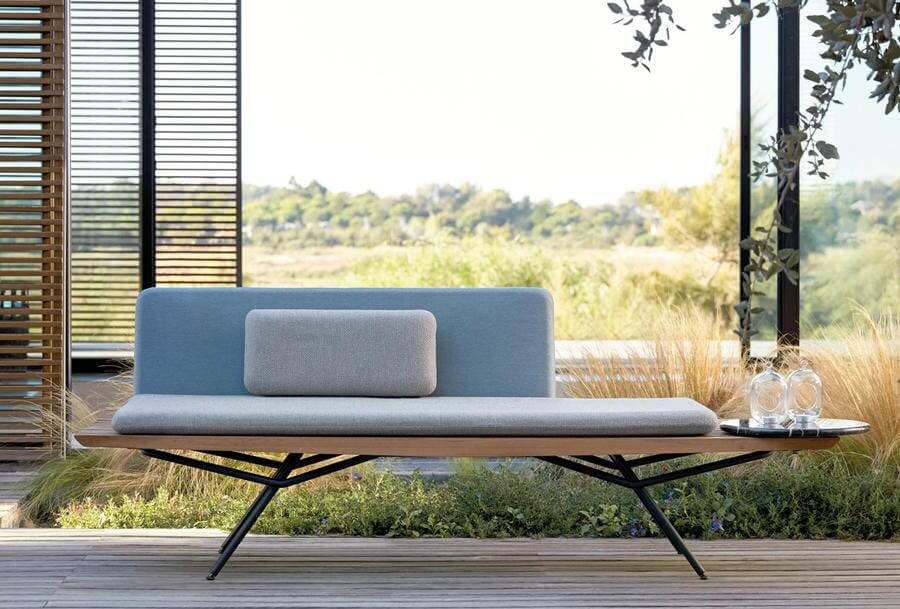
Sobriety and purity of lines are the key words when it comes to Japanese decoration. Atmosphere spotted at Manutti.
6. Thin volumes while discreet
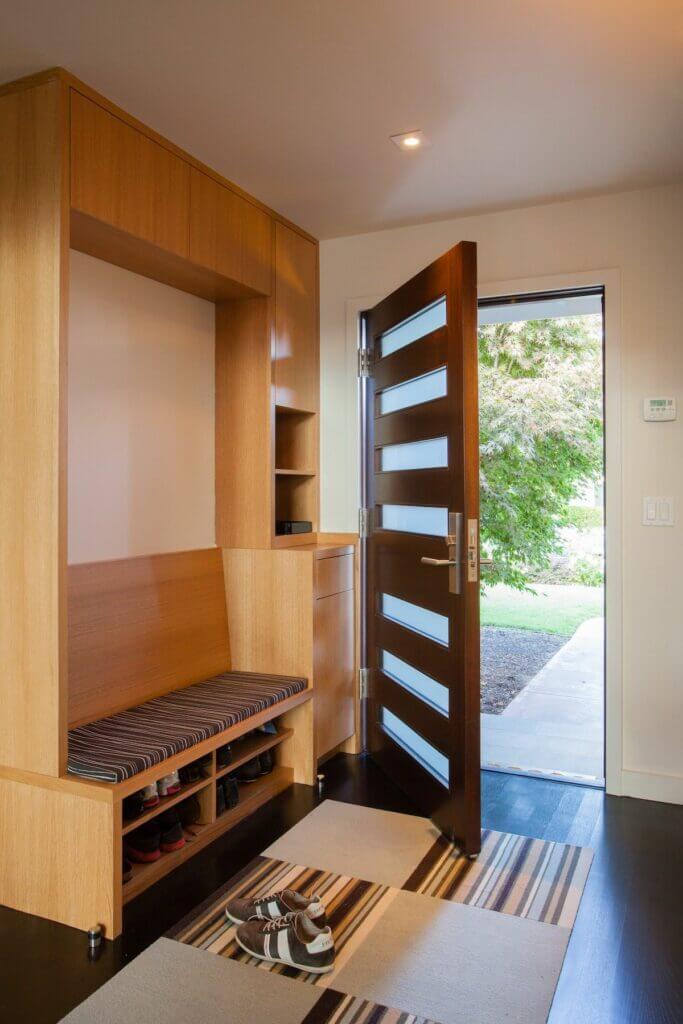
The particularity of Japanese decor lies mainly in minimalism. Japanese art is a whole philosophy. The layout of the space and the volume of furniture thus play an important role. Each piece has its own specificity. They are all arranged in thoughtful ways according to the role of each.
In terms of furniture and partitions, it is once again sobriety and refinement that advocate. Indeed, Asian interiors rarely have imposing furniture and walls. The latter mainly consist of thin opaque sliding partitions, called “fusuma”. Equipped with cuffs, these partitions delimit each space without however breaking abruptly. In addition, designed in paper, these thin and discreet walls allow light to be diffused throughout the space, while preserving each delimitation.
7. Volumes touching the ground
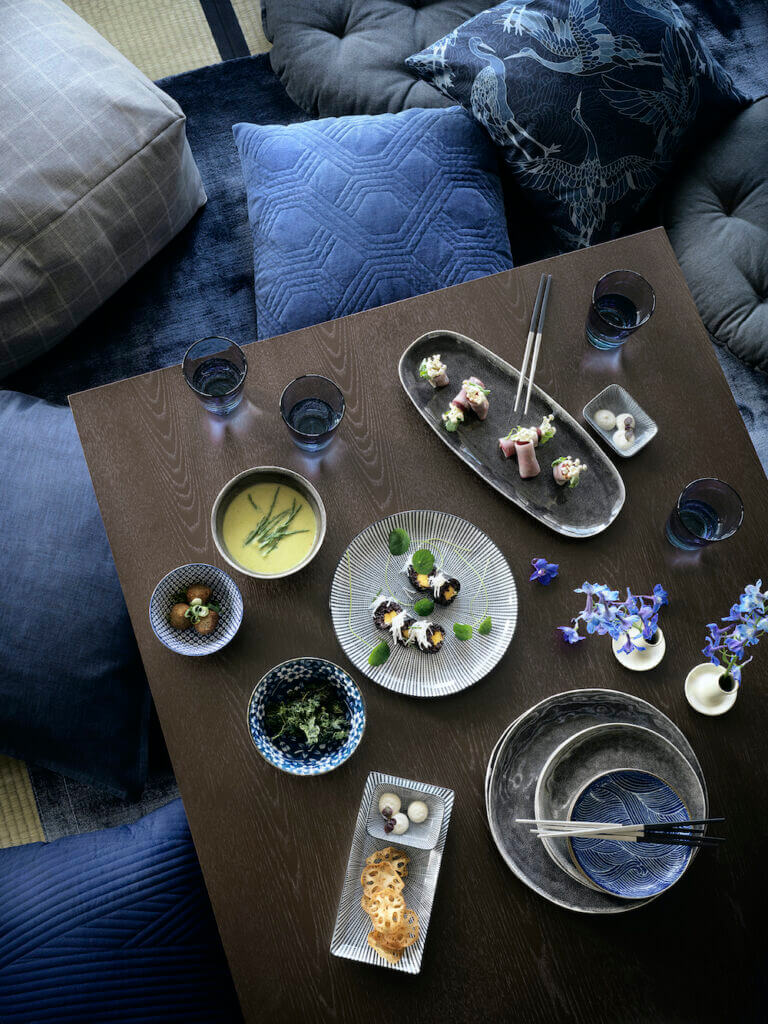
Second, golden rule for a Japanese decor, low volumes with smooth and straight lines. Yes, the idea is to keep the rooms as airy and uncluttered as possible. So prefer sofas, furniture and seats at low height. Moreover, if we observe the Japanese interiors more closely, the coffee tables and seats are flush with the ground. Indeed, the Japanese have a custom of eating on the floor on cushions.
Thus, to conclude on the volumes of the Japanese decoration, the objective is to provide the minimum possible furniture. Excellent tip to avoid accumulating old stuff or overloading yourself with accessories that you don’t know what to do next. So the idea is to get rid of everything that is useless to us. We only keep what we need, what is necessary for us. Moreover, it reminds me strongly of the Kondo method , advocating healthy and positive spaces. Collect, sort, keep, throw, put away, the Kondo method has become revolutionary in the world of decoration! So, if you are interested, I have produced a full article on the subject.
8. Natural materials and textures
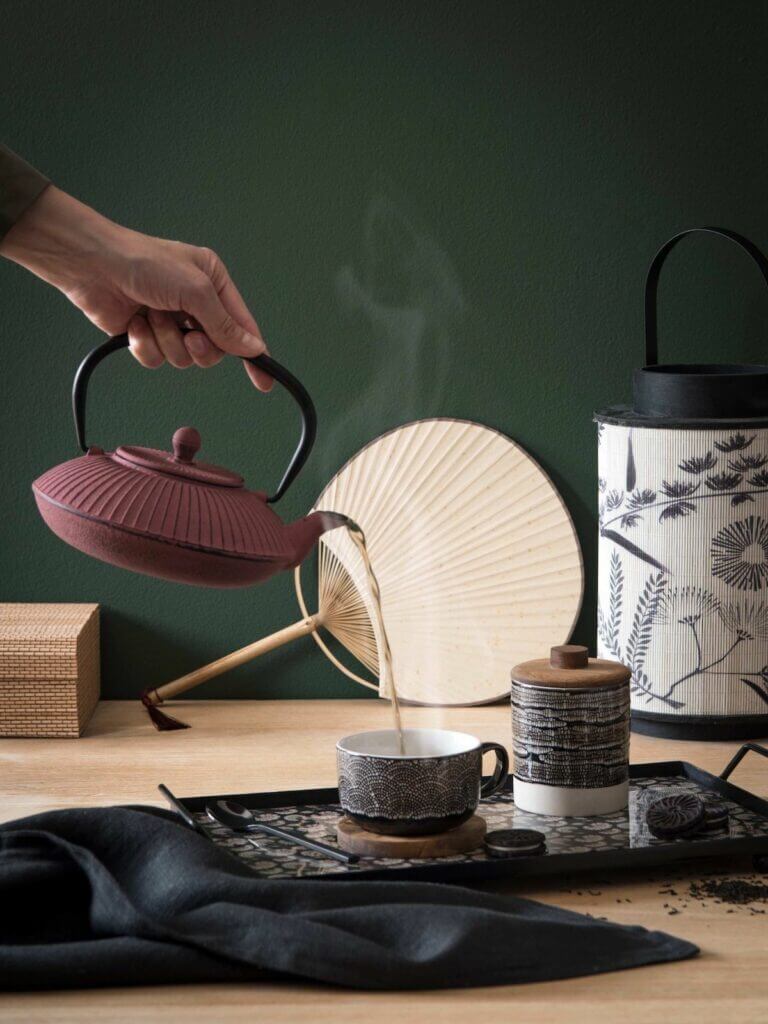
Zen spirit, relaxing and refined, here are the watchwords that perfectly define the Japanese art of living. Thus, in order to appropriate this singular universe, the Japanese decoration focuses mainly on the volumes but also the arrangement of the materials used. Wood, bamboo , flooring or even porcelain, natural materials should be prioritized. Whether in a kitchen, a bedroom, a living room or an office, natural materials are essential. From the wall, to the ceiling, including furniture and other decorative accessories, bring nature in!
9. Refine your Japanese decor with contemporary notes
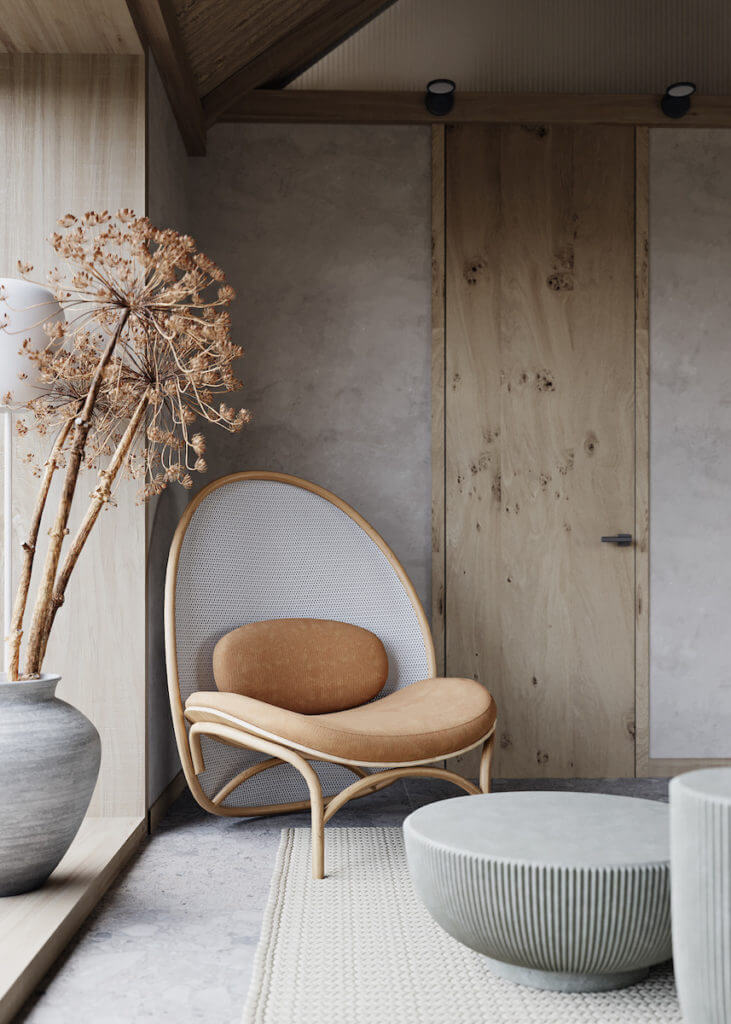
In addition, in order to bring a touch of modernity and a Western touch, insert some stone or glass materials. It is the same with green plants. Bonsai, Japanese maple, pine, bamboo, cherry or azalea, polish your decor by sprinkling your interior with these few plants. These vitamin touches will bring life, while illuminating your rooms!
10. Finishes the King size bed
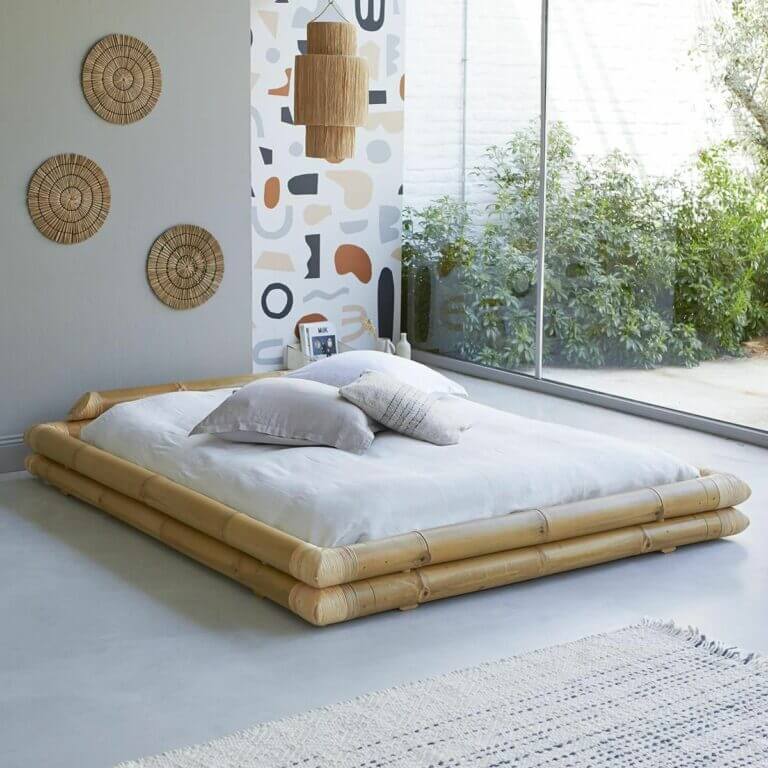
Regarding the rooms, the concept remains unchanged. Indeed, ends the king size bed in the Japanese decor. Now the beds are replaced by futons, usually placed on tatami mats that the Japanese then store in cupboards during the day. Perfect tip for creating space within small areas, isn’t it? I really like this one. Designed in bamboo, this futon brings a natural note to the bedroom.
11. A Japanese decor with discreet colors
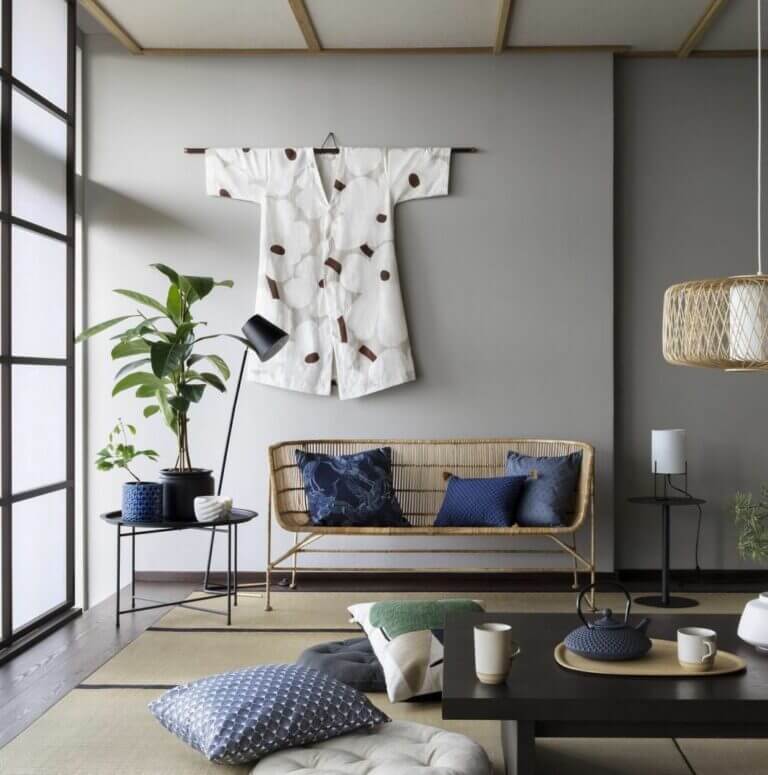
The natural, warm, woody, white and ecru shades are the main colors of Japanese decor. Immersed in a minimalist, refined and relaxing universe, its nuances must be discreet. However, for more modernity, do not hesitate to insert a few gray notes which will be welcome.
In addition, in order to vary and satisfy everyone’s tastes and desires, the colors can be declined. Going from green to blue through gray, the goal is to keep this zen spirit and without hindrance. This is why it is preferable to limit color mixtures and stay as minimalist as possible. Golden rule: avoid overcrowding spaces. The room below perfectly illustrates my point. I find that the pastel blue wall blends wonderfully with the philosophy of Japanese decor. We also find the famous tatami mats on the ground as well as the opaque and sliding partitions. Finally, natural materials and soft colors blend harmoniously, making the atmosphere very poetic.
12. Bring nature into your home
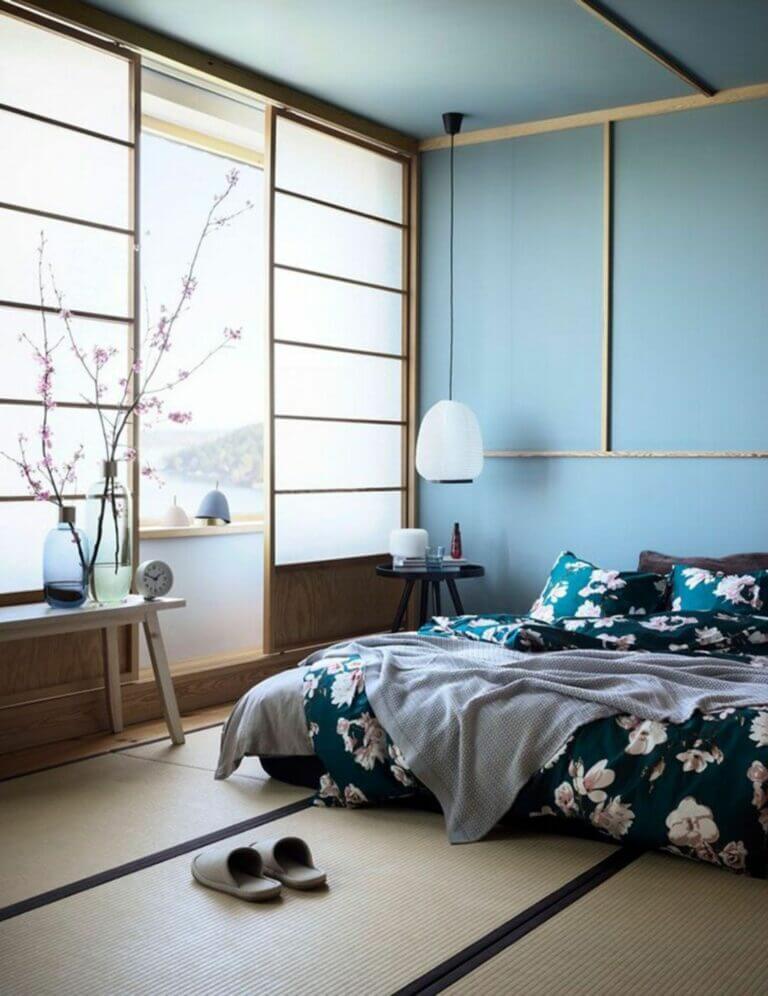
Moreover, in addition to these sober colors, dare the large openings to the outside. This arrangement will thus make it possible to diffuse natural light more easily in all the rooms, while leaving room for moments of meditation and connection with nature.
For the record, there are many floral customs. Those of the cherry trees come from a Japanese ritual, the “Hanami”. This consists of letting go, taking a break from everyday life in order to contemplate and appreciate the beauty of the cherry trees. These many customs, emerging in spring, are strongly rooted in the Japanese art of living. This is why floral art appears regularly in interior decorations, such as ikebana for example. So, polish your decor with these floral patterns! Without overdoing it of course, at the risk of overloading the space and going against the Japanese minimalist spirit.
13. “Sakura” motif – the cherry blossoms
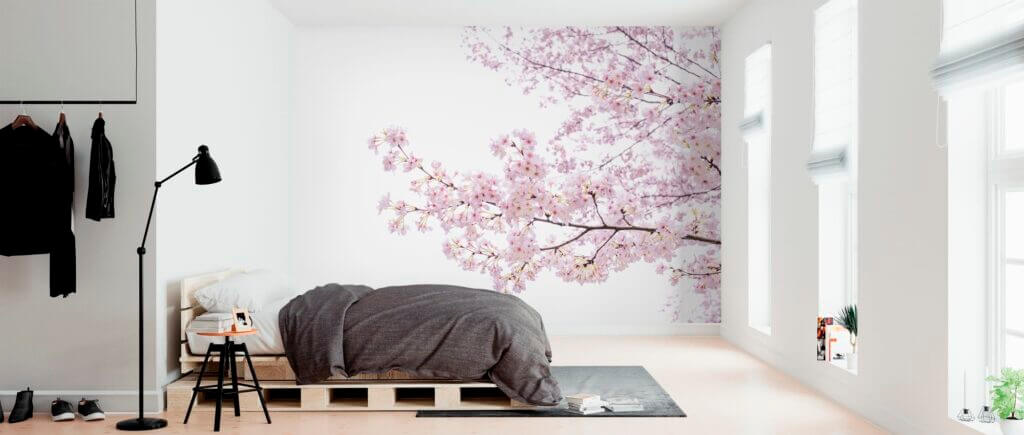
The “sakura” motif – the cherry blossoms – is arguably one of the most iconic in Japan. We readily adopt it in a realistic version on a white background, for a colorful note and a soft and luminous rendering at the same time.
14. Japanese style bathroom
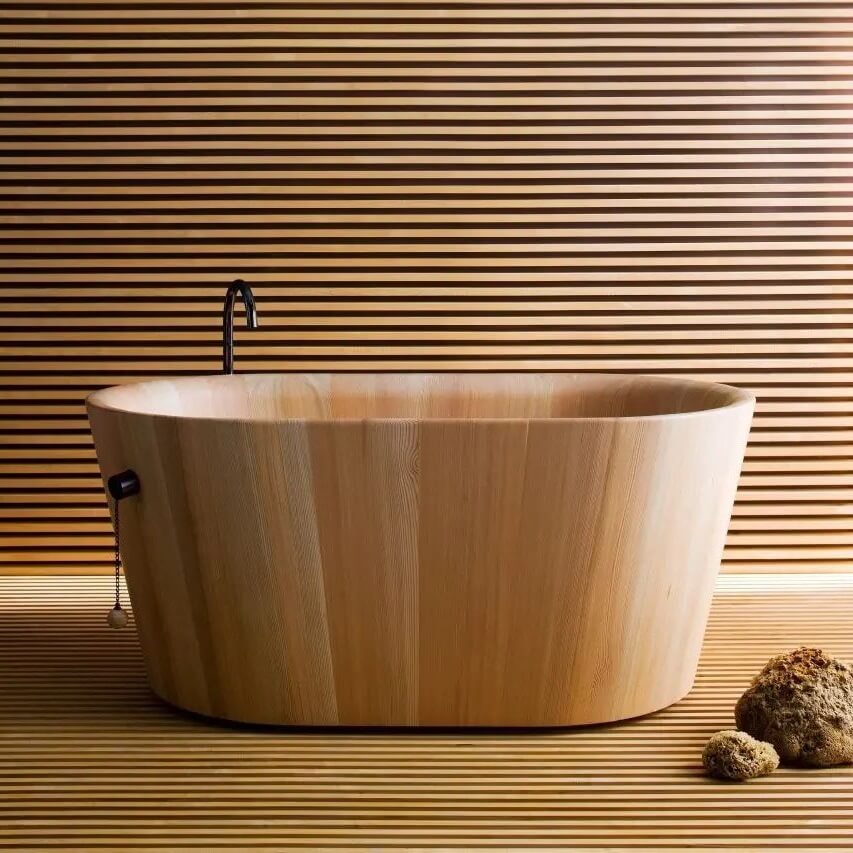
Bathing is a real moment of well-being in Japan. With a peculiarity: the bathtubs are generally made of wood. Here is an element which is therefore sufficient in itself to give a Japanese style to the decor of the bathroom!
15. Traditional Japanese interior
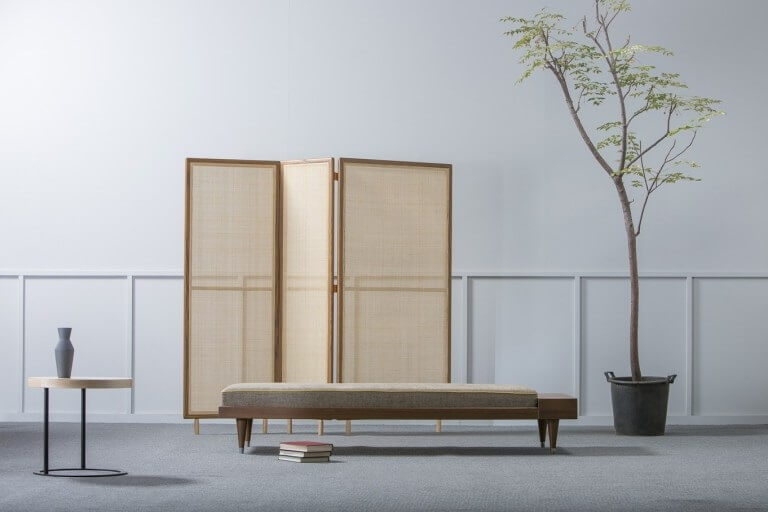
A traditional Japanese interior is moving: the futon is put away in the morning and taken out every evening at bedtime, and the room is transformed into a living space during the day. If you want to take this modular approach – and add a Japanese touch to the decor – adopt the essential screen. We love the wooden screen, more stylish than the rice paper model!
16. Floor cushions
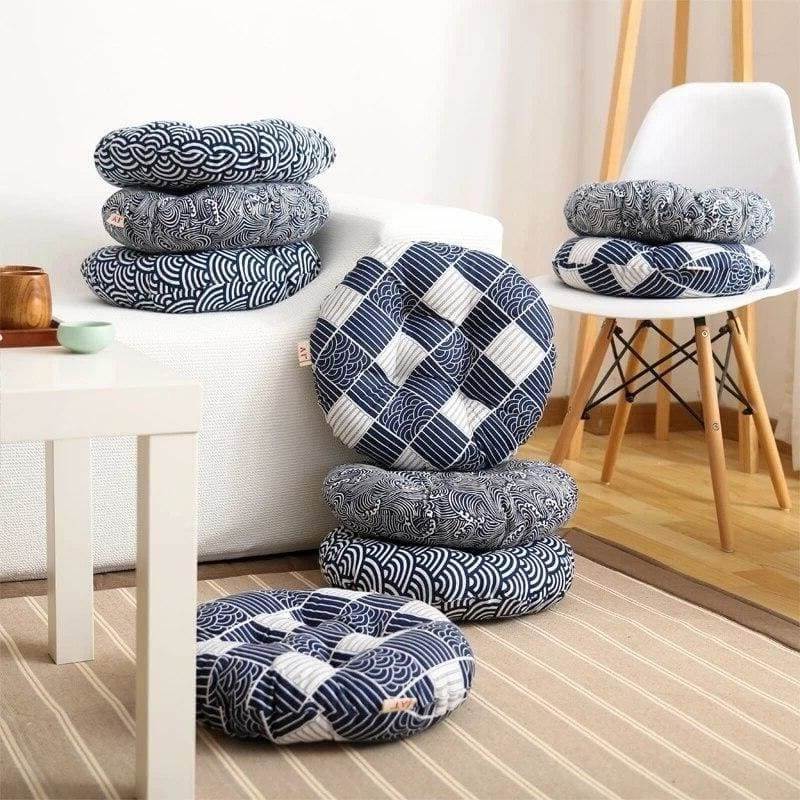
Japanese decoration in the living room? Nothing could be simpler: just replace the traditional poufs with floor cushions!
17. Refined wooden furniture
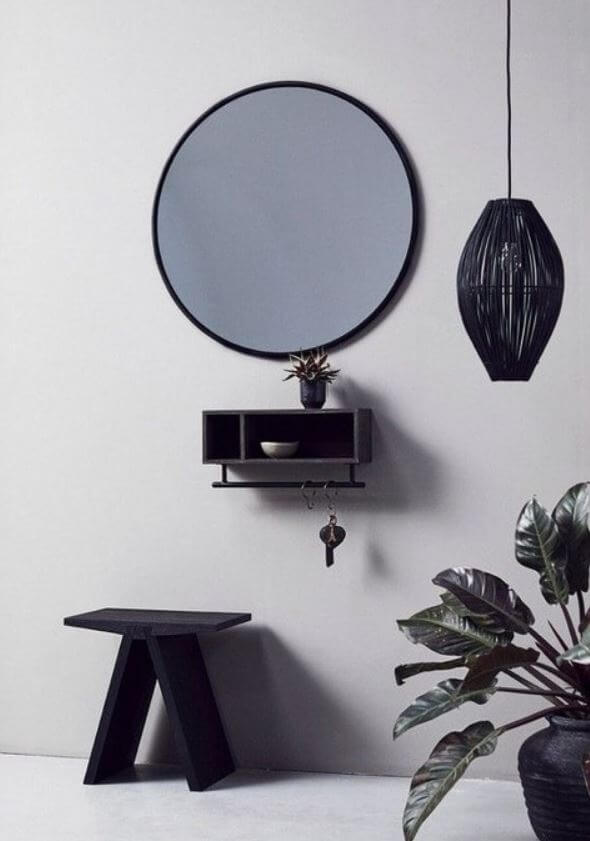
The very refined wooden furniture is one of the hallmarks of Japanese decoration. You can play with its graphic lines by choosing a dark black version, to achieve a zen and sophisticated interior.
18. Touch of greenery
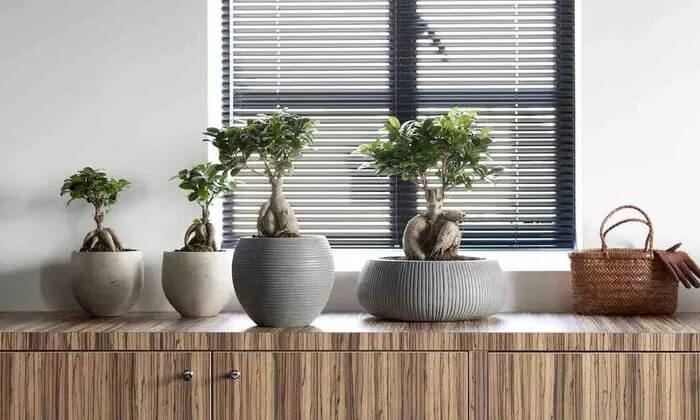
Nature presides over the Japanese decoration. We therefore think of bringing a touch of greenery to its interior. If it is classic, the bonsai always has its small effect!
19. Japanese ball
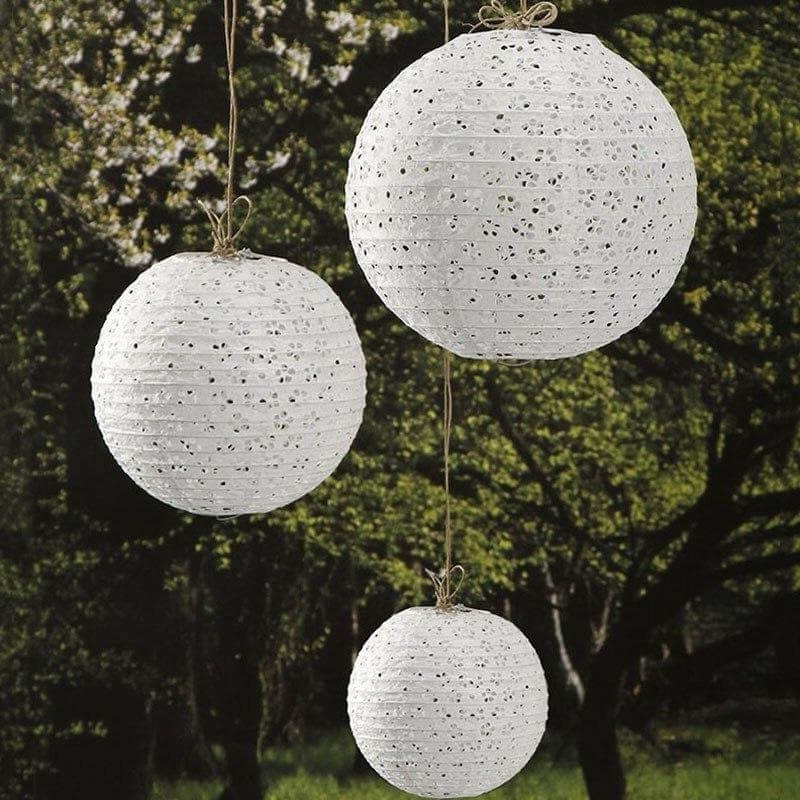
The Japanese ball is essential to create an atmosphere worthy of the land of the Rising Sun at home. More delicate than the printed model, the openwork version is ideal for a light and delicate atmosphere!
20. Country Kakemono
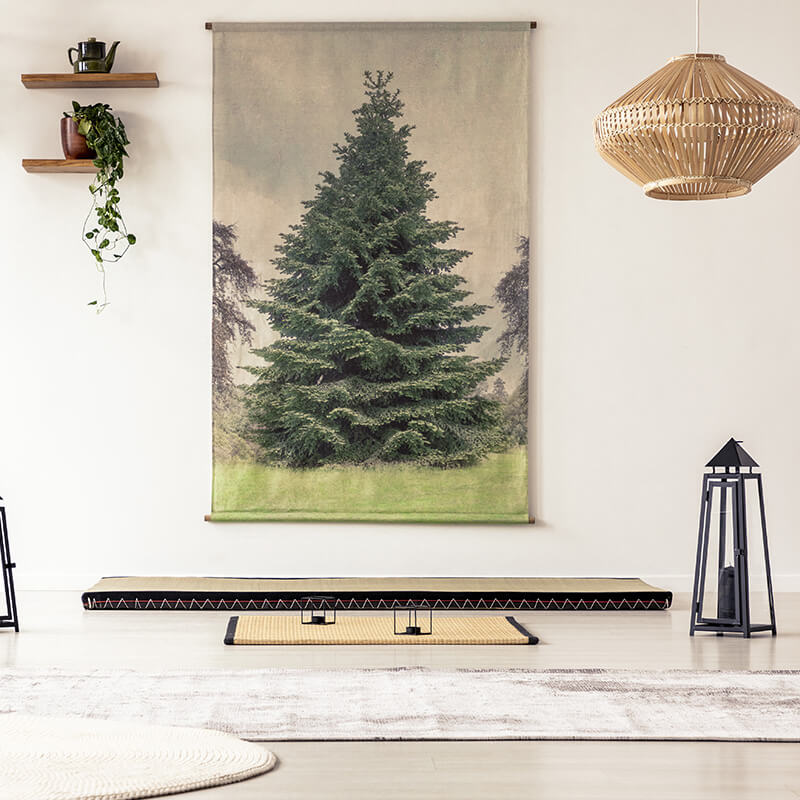
Typical of Japanese wall decoration , the kakemono unfolds like a piece of oriental wallpaper.
21. Origami flight
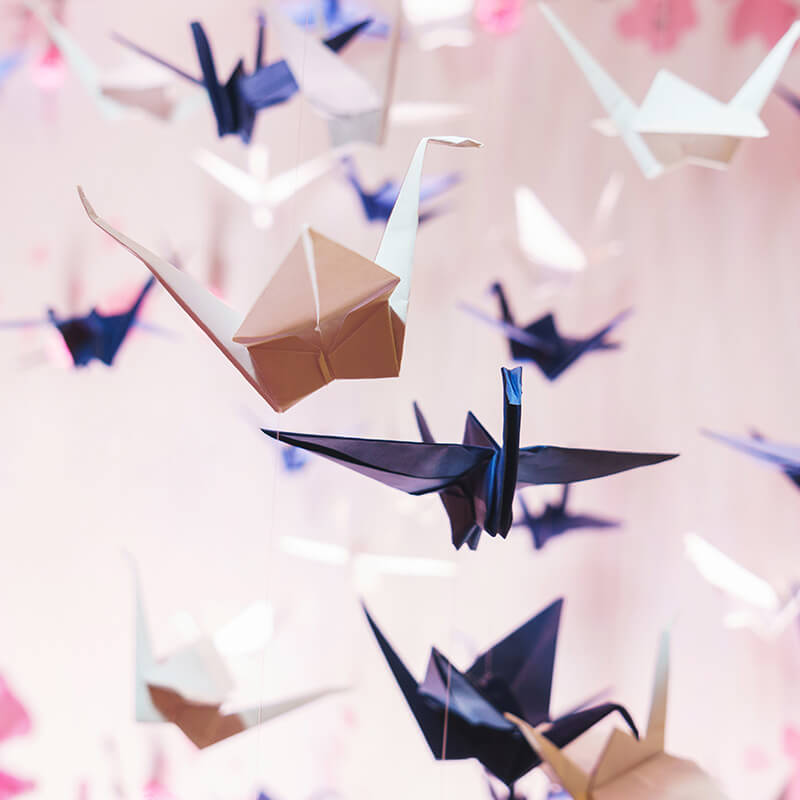
The art of folding paper is essential in Japan … and allows you to create a refined wall decoration.
22. Ancestral waves
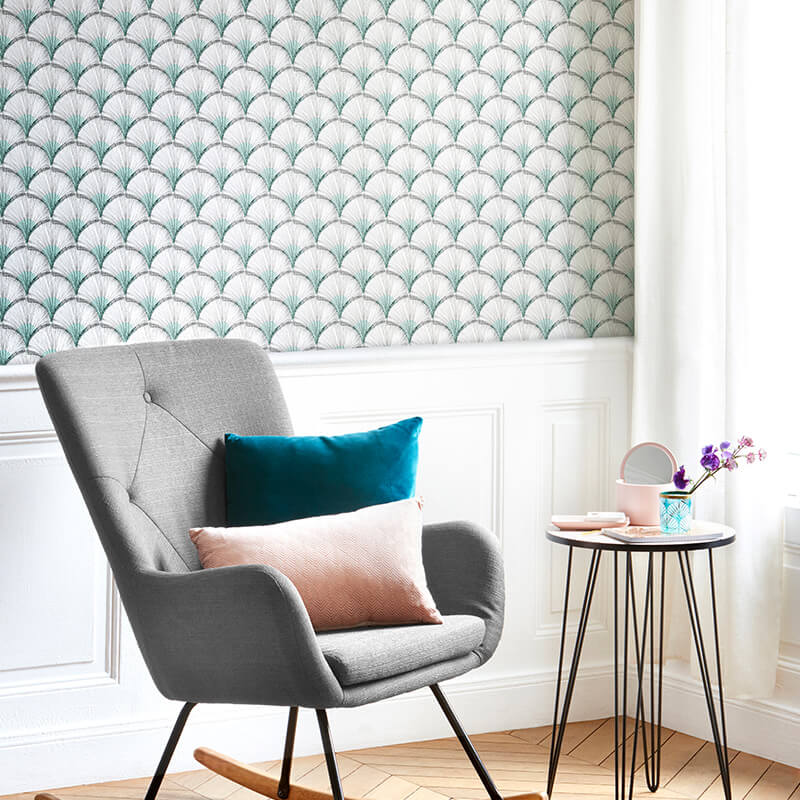
An ancestral motif, the seigaiha is sweeping over the wallpaper… Japanese wall decoration is making waves!
23. The art of intimacy
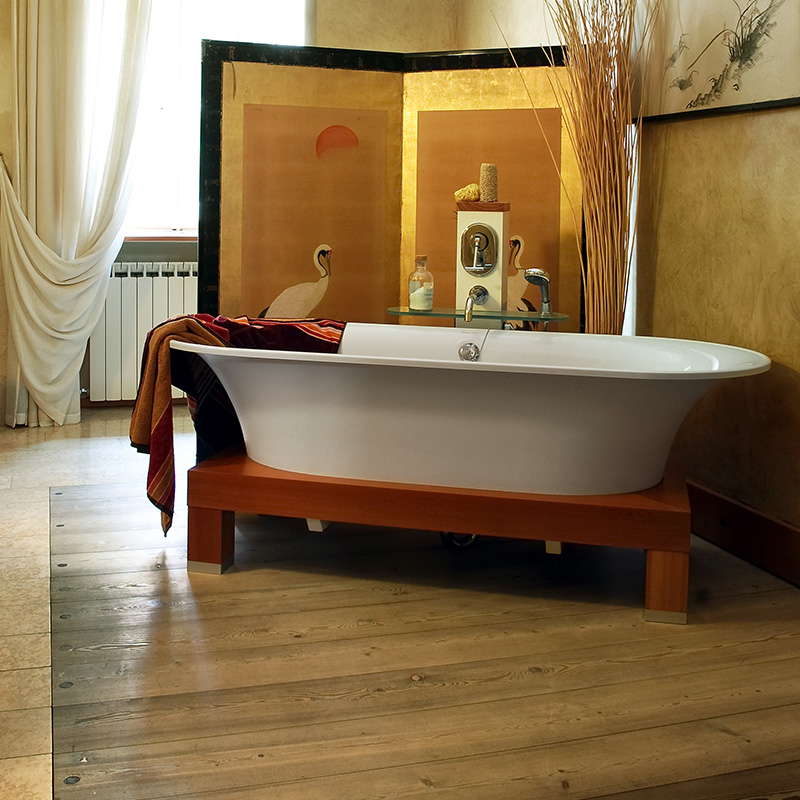
Nothing like a screen, king of Japanese wall decoration , to preserve your privacy with elegance.
24. Wabi sabi spirit
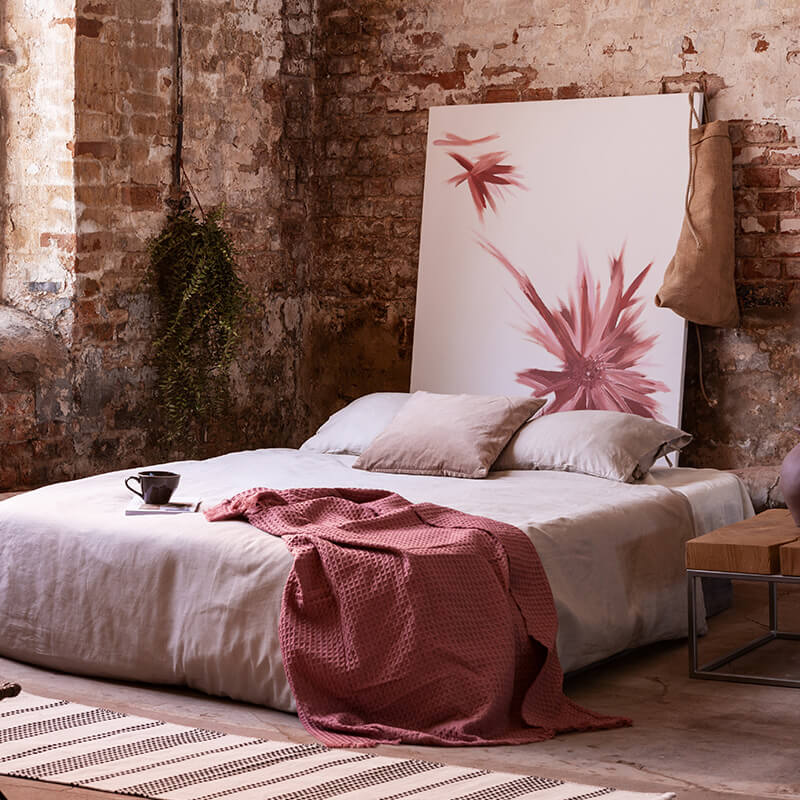
This Japanese wabi sabi wall decoration is as sober as it is delicate, for an atmosphere conducive to rest.
25. All in finesse
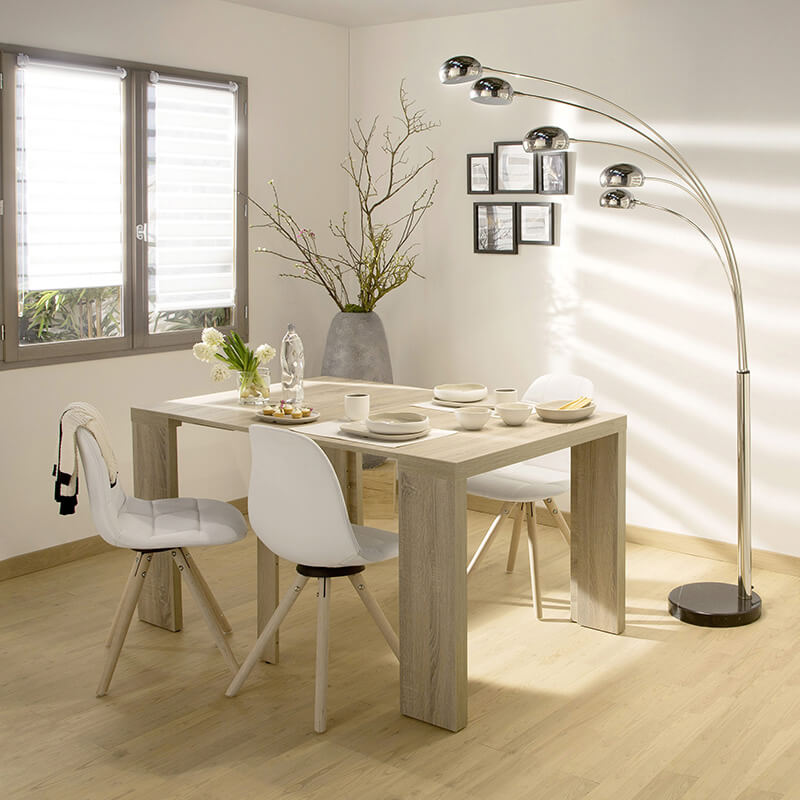
The contrast between the raw design of the vase and the finesse of the branches is representative of modern Japanese wall decoration.
26. Flowery atmosphere

In the Japanese wall decoration, the lotus, symbol of purity, sits at the center of the paintings .
27. Neutral colors
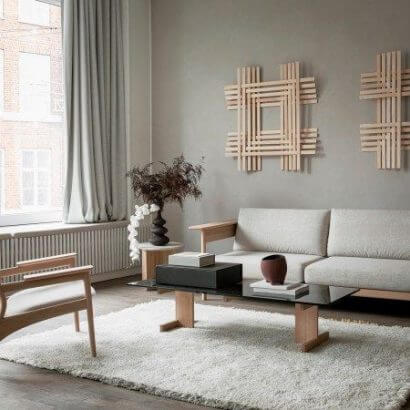
Gray, beige, white … And yet, the atmosphere is still warm.
28. Lantern-style lights
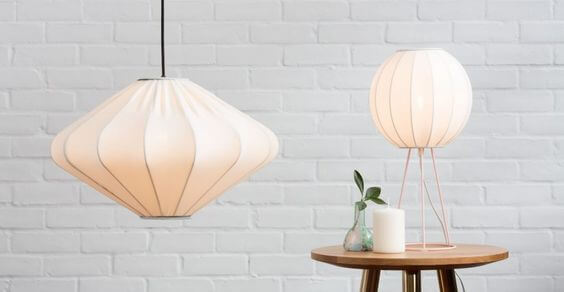
In suspension or as a table lamp, we use lantern-style lights, in fabric, which diffuses a soft and subdued light.
29. The shibori
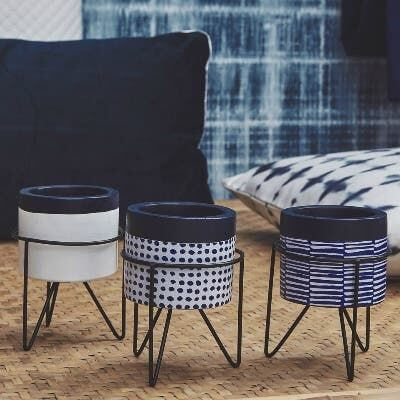
We succumb to the shibori trend by creating home fabrics or decorative objects with various patterns.
30. Japandi
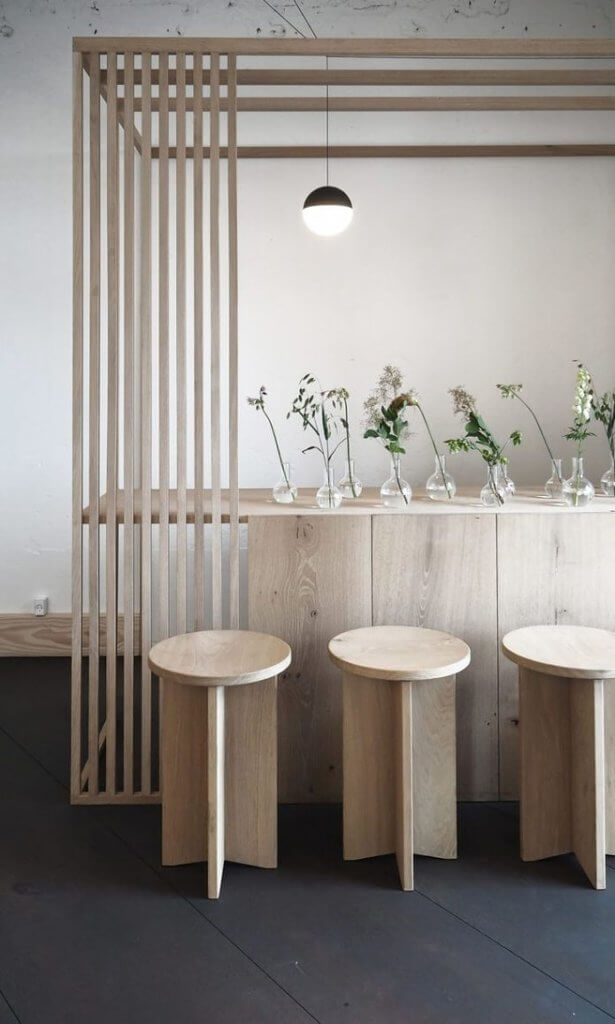
This trend which mixes the Scandinavian and Japanese style gives the room a refined and natural decoration.
